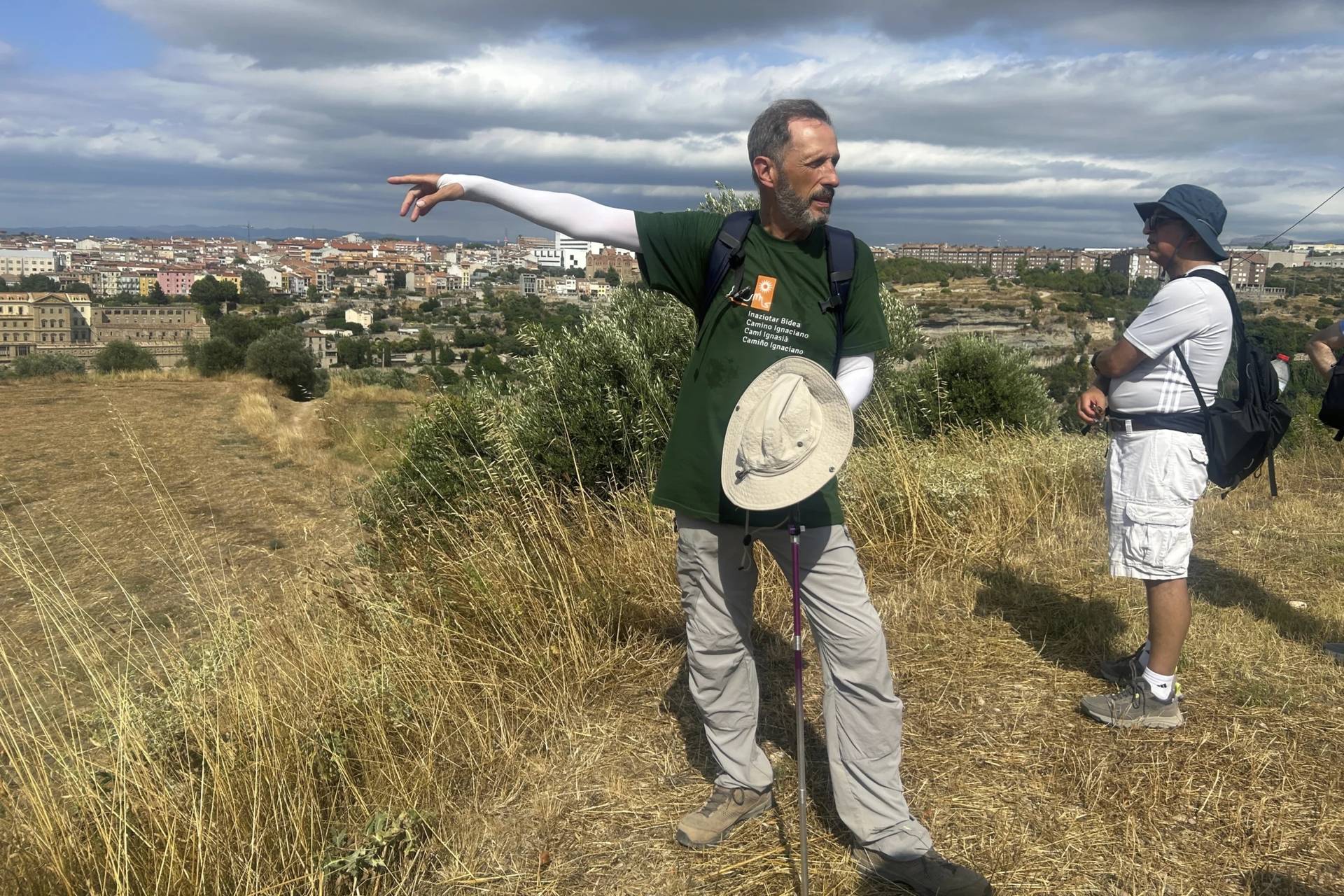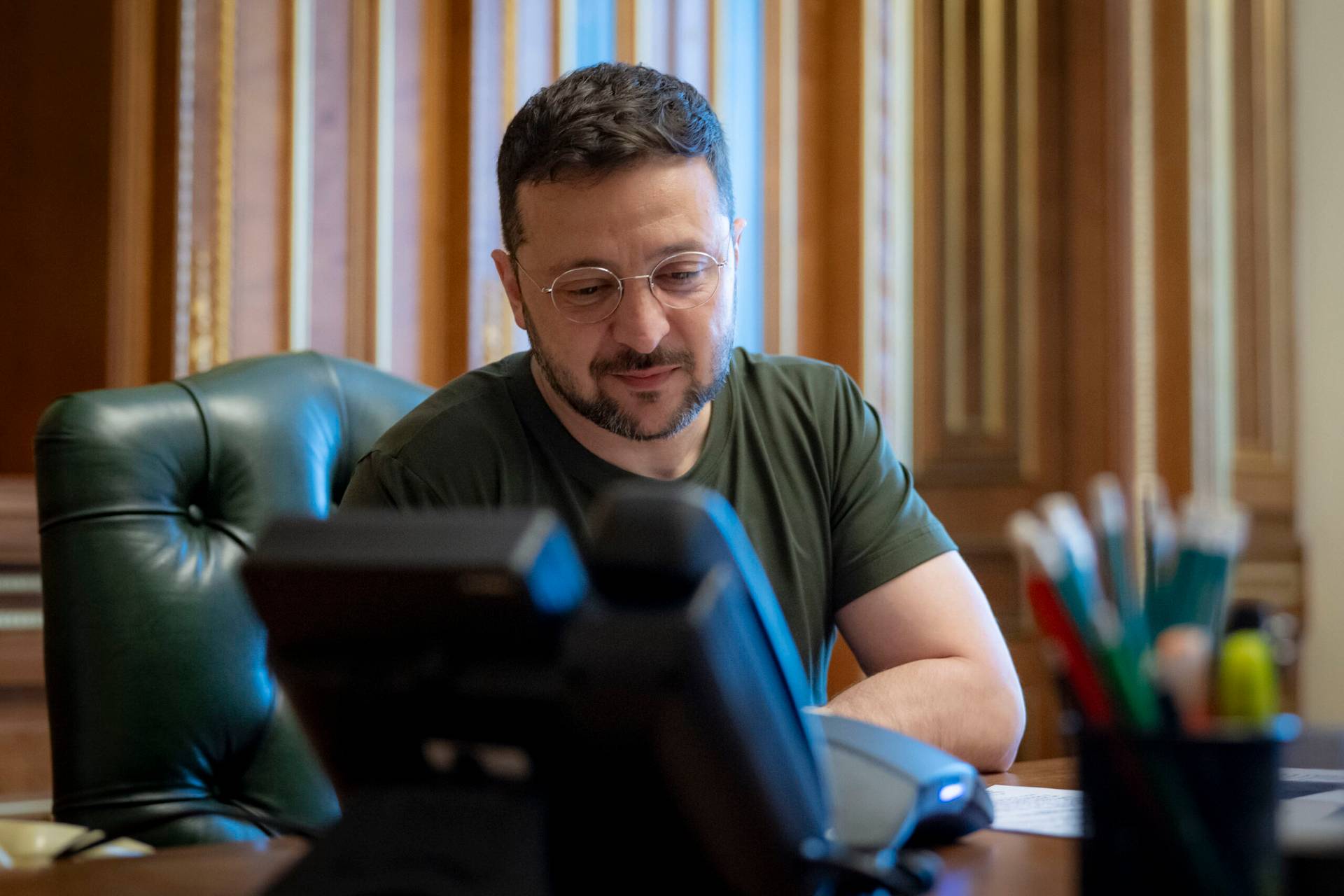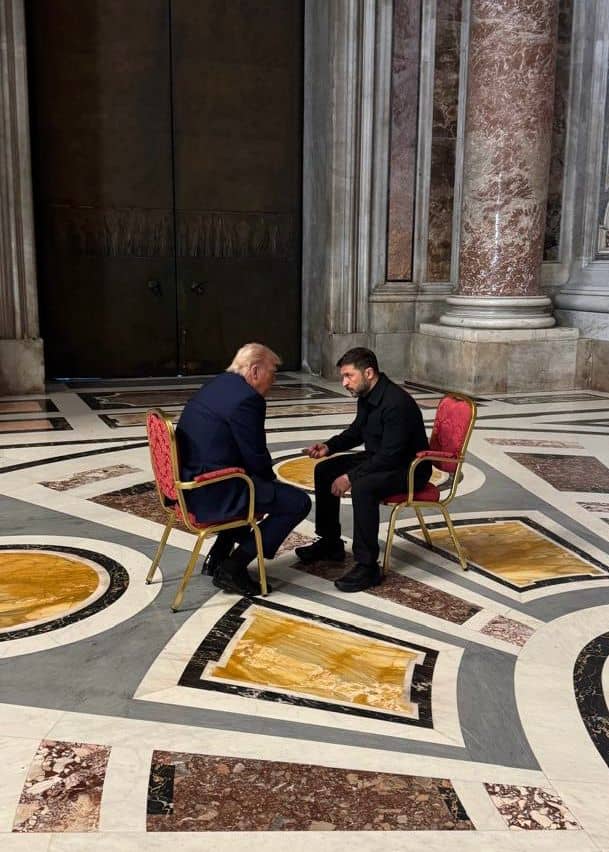If some fifty years ago you happened to find yourself in one of the small villages in the Dutch countryside, you could hardly get lost. The only thing you needed to do was look up, find the church tower and you would always find your way back. Because the church – literally – was at the heart of the village.
In the rural communities the church was a central point of life as well. Sunday Mass, the Catholic feast days, weddings and funerals: The church was the place where everyone met each other and shared the day’s news. The parish priest, as well as other volunteers from the church, regularly visited the elderly, and the concerts the church choir gave were attended by many of the villagers.
Things have changed
In many Dutch villages the church can still be found at the heart of the village, the local pub still has many visitors, and in and around the Catholic primary school the voices of playing children can still be heard. But if you speak to the villagers, you quickly notice that many of their communities have changed rapidly over the past decade.
No longer is the church the central meeting place of the community. It has often even closed its doors, due to the declining number of worshipers. Those who are still attending church are usually old; the younger generation doesn’t feel the need to go to Sunday Mass anymore.
In the golden age of Dutch Catholicism the situation was completely different. In the 1960s, 55 percent of 2.7 million Dutch Catholics still went to Mass regularly, according to the Dutch research center KASKI.
The number of worshipers has been steadily declining since then. In the year 2000 on average 439,000 Catholics went to church during the weekend. In 2017, that number was down to 157,900 people: Only 6 percent of all Dutch Catholics.
Closing of churches
Over the past few decades, many churches in the Netherlands were closed, due to the declining number of attendees, the high costs of maintenance, and the lack of priests. Still, this is just the tip of the iceberg. In an interview with a local newspaper last year, Dutch Cardinal Wim Eijk predicted that in the Archdiocese of Utrecht, 285 churches needed to be closed, which would mean that in the year 2030 only fifteen churches would still be open in the archdiocese.
Joris Kregting, a KASKI-researcher, also predicts that dioceses will proceed much more quickly with church closures. He disagrees, however, with Eijk’s prediction, thinking that the process will be a little slower.
“We cannot exactly say which churches will be closed, we don’t have an insight into the annual numbers of the different parishes, but if you look at the number of churches closing and the number of worshipers, we think you may reasonably expect that in 2030 only 45 churches will still be open in the archdiocese of Utrecht,” Kregting said.
Differences between dioceses
According to Kregting, not all Dutch dioceses will be closing churches at that same pace. He thinks an important reason for this is the different policies in each diocese. The archdiocese of Utrecht and the diocese of Den Bosch (in the south; on paper the largest diocese in the Netherlands by populatioin) are front-runners in the process of closing churches.
“It’s already clear where churches will be closing fast. Some of the dioceses have decided upon an extensive process of merging parishes, while others are looking more towards the cooperation of parishes,” Kregting explained in an interview with Katholiek Nieuwsblad.
Another important reason for these different policies is, Kregting said, the financial situation of the parishes in each diocese. In the southern diocese of Roermond, for example, churches are not being closed as fast, because the Church there is still culturally important for many people.
“People there still tend to give more money to the Church than elsewhere in the Netherlands. This can be an important factor when deciding to keep a church open for a while longer,” Kregting said.
Complex and difficult questions arise in a village when there is talk of closing the local church. What’s the best decision: Should the church be restored, demolished, sold or perhaps be remodeled and made into a community center? Who’s going to pay? And what will ultimately happen to the building?
According to recent research carried out by the Dutch newspaper Trouw, one in five Dutch churches – Protestant as well as Catholic – are no longer in use as a church. Many of them have been remodeled and made into a cultural or community center, or redeveloped into apartments.
Research by Katholiek Nieuwsblad
What effect does the closure of a church have on a village? Is Catholic life in these villages disappearing together with the church? And what are the consequences of closing a church for village traditions, the involvement of volunteers and the solidarity between villagers?
There is still much we don’t know about this. Therefore, Katholiek Nieuwsblad is currently carrying out extensive research, with the financial support of the Dutch Journalism Fund. By conducting interviews with experts and academics, researching data, and making short documentaries in villages where churches will be closing soon, the Dutch Catholic weekly is trying to give a clearer picture of a growing problem in the Dutch and in the international Catholic community. Keep checking Crux to get regular updates on this research.
Research journalist Michiel van de Kamp made the following documentary about the situation in a village in the eastern part of the Netherlands:
This article was written exclusively for Crux and translated by Susanne Kurstjens-van den Berk.
Crux is dedicated to smart, wired and independent reporting on the Vatican and worldwide Catholic Church. That kind of reporting doesn’t come cheap, and we need your support. You can help Crux by giving a small amount monthly, or with a onetime gift. Please remember, Crux is a for-profit organization, so contributions are not tax-deductible.
















